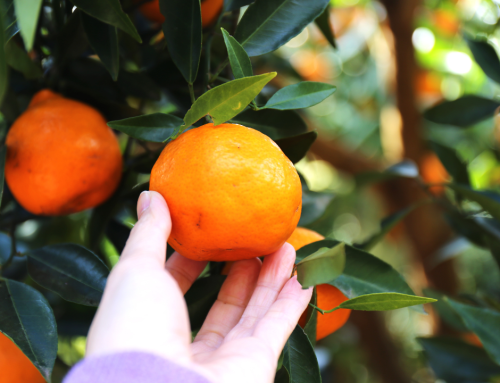Fruit fly trapping
Queensland Fruit Fly (QFF) numbers may start increasing in rural areas from March onwards so it is important to check traps and fruit for signs of QFF.
Current hot spots
If your commercial orchard is close to the below urban areas which are, at present, registering high QFF populations, you should be ready to commence QFF control programs, if you have not already done so. The areas of Ardmona, Cobram and Shepparton are particularly problematic this month. If QFF populations follow the same patterns as 2017 and 2018, QFF start to become a problem in rural areas from mid to late-January, however this year QFF populations are decreasing instead of increasing. This could be because it is too hot for QFF to be attracted to fruit fly traps. Adult flies could well be in cool, moist refuges — out of the heat and dryness — ready to attack when the weather conditions become more amenable to egg laying. It is highly recommended to ensure traps are fresh (following label instructions) and placed in suitable locations to intercept QFF. It is also highly recommended to commence, if not already done, a bait application program. This is especially important if you or your neighbours experienced fruit fly problems last season.
Best practice
- A biosecurity sign on the front gate reminding visitors not to bring fruit onto the property is a simple but useful way to reduce incursions.
- Ensure workers and contractors do not bring infested fruit onsite.
- Remove any unmanaged fruit trees within 600 m of your crop. If you have an unmanaged orchard that is a breeding habitat for QFF and needs to be removed, funding is available. For advice and to make application, contact the Goulburn Murray Valley Regional Fruit Fly Co-ordinator. Fruit trees within 600 m of the crop that can’t be removed need to be treated with insecticide during fruiting, or picked before maturity.
- Instruct harvesting staff to pull unmarketable fruit from the plant and crush them to speed decay.
- If infested fruit is found, it is essential it is destroyed to ensure the larvae do not survive. This can be done by freezing, solarisation or burial.
- Post-harvest hygiene is essential. Destroy fruit fly host crops as soon as possible once harvesting is finished.



